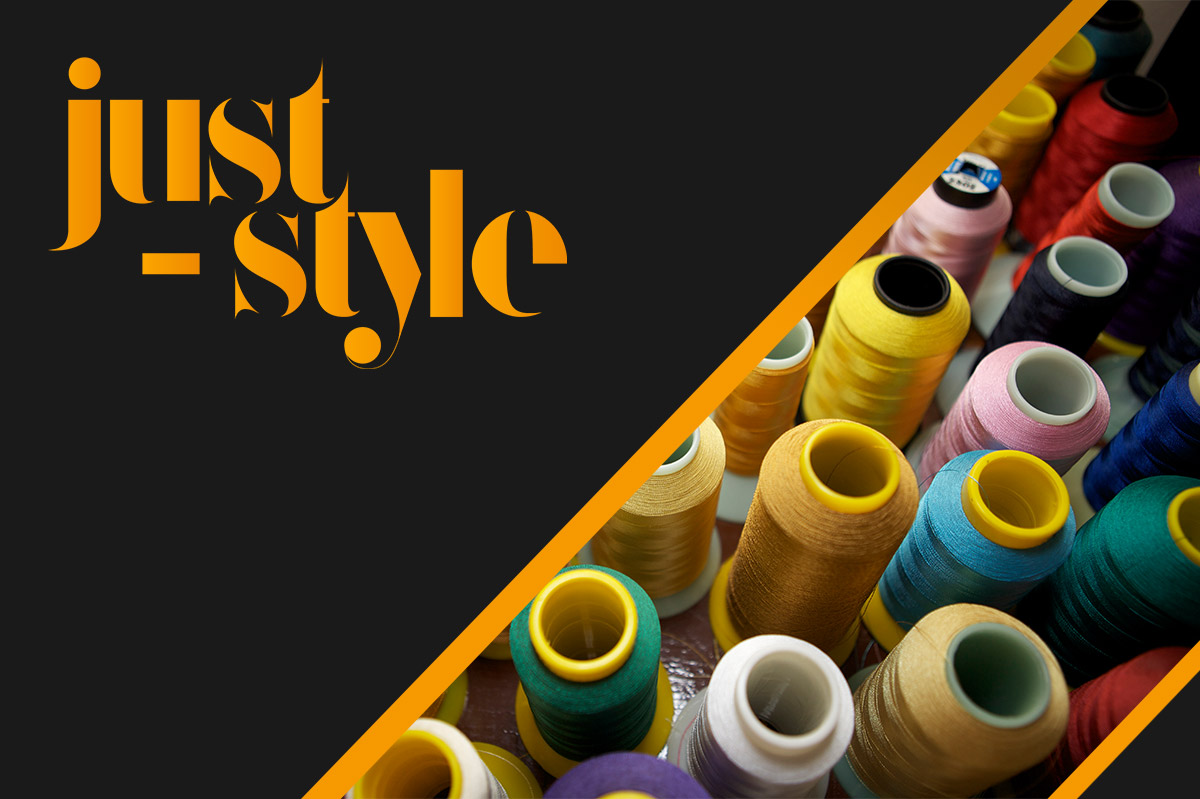Researchers have used 3D printing to create a novel, environmentally-friendly material made of algae that has applications for products including photosynthetic bio-garments that could help tackle climate change.
.
The international team from the University of Rochester in the US and Delft University of Technology in the Netherlands used 3D printers to deposit living algae onto bacterial cellulose, an organic compound produced and excreted by bacteria that has many unique mechanical properties, including flexibility, toughness and strength.
.
“We provide the first example of an engineered photosynthetic material that is physically robust enough to be deployed in real-life applications,” says Srikkanth Balasubramanian, a postdoctoral research associate at Delft and the first author of the paper.
.
The combination of living (microalgae) and nonliving (bacterial cellulose) components resulted in a unique material that is tough and resilient while also eco-friendly, biodegradable, and simple and scalable to produce. The plant-like nature of the material means it can use photosynthesis to “feed” itself over periods of many weeks, and it is also able to be regenerated – a small sample of the material can be grown on-site to make more materials. The unique characteristics of the material make it ideal for a variety of applications, […]
Case Study: How PepsiCo achieved 96% cost savings on tooling with 3D Printing Technology
Above: PepsiCo food, snack, and beverage product line-up/Source: PepsiCo PepsiCo turned to tooling with 3D printing...





0 Comments